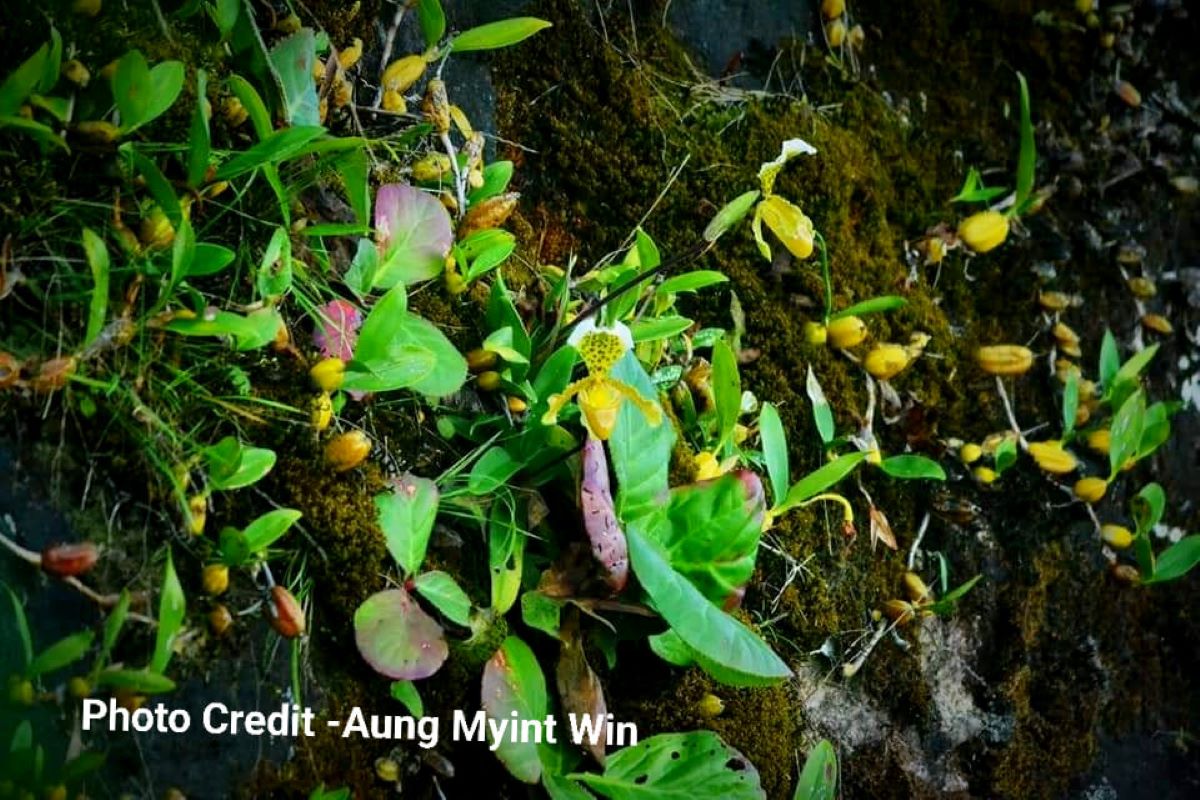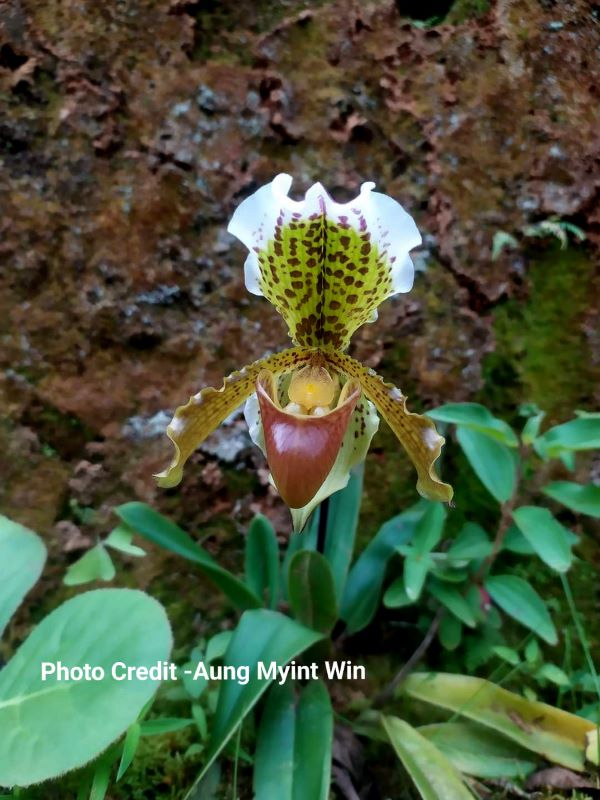Paphiopedilum insigne WALL. & LINDL.
Section: Paophiopedilum
Paphiopedilum insigne was discovered by WALICH around 1819 in Sylhet Province, present-day Bangladesh. John LINDLEY described this species, which is extremely variable in terms of flowering, according to Wallich.
In the meantime it has turned out that Paphiopedilum insigne can be found in a large distribution area.
According to PRADHAN, this species has also been found in the state of Maghalaya in India. In the period from 1956 to 1974 more than 30,000 plants are said to have been collected and exported.
Paphiopedilum insigne is also said to grow in Nepal, but these locations are unconfirmed. Plants have recently been found in SW Yunnan.
In the natural habitat, the plants grow on limestone rocks at an altitude of 1200 - 1600 m
and usually only get the morning sun there. Some plants hang on steep cliffs at a height of 40-60 meters on river courses. In some areas they grow together with Paphiopedilum venustum. The climate is determined by the monsoon rains.
Paph. insigne from the Sylhetense Mountains:
Paph. insigne var "Harefield Hall"
Paph. insigne var. Maulei
another plant:
Paph. insigne var forstermannii
another plant:
Paph. insigne var. ?
Here's an insigne in size comparison: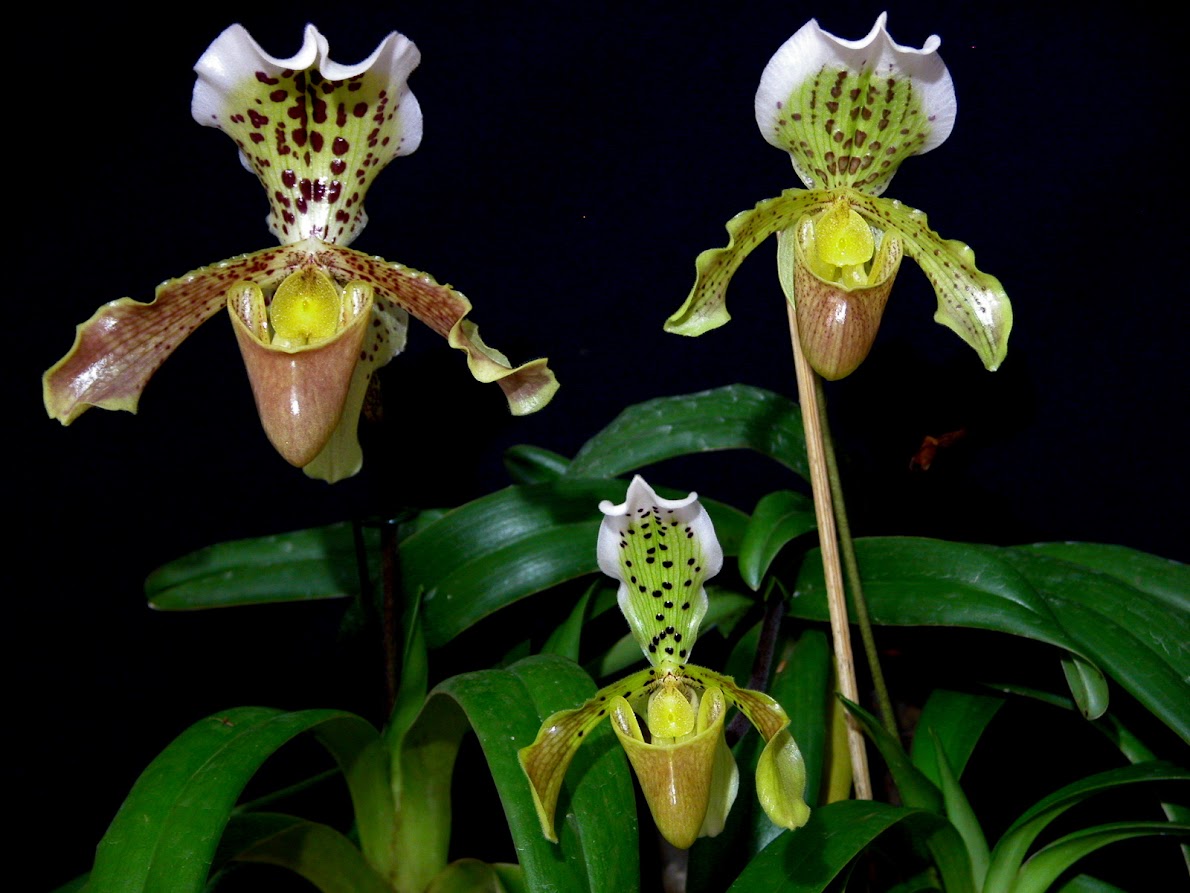
Paph. insigne var. sanderae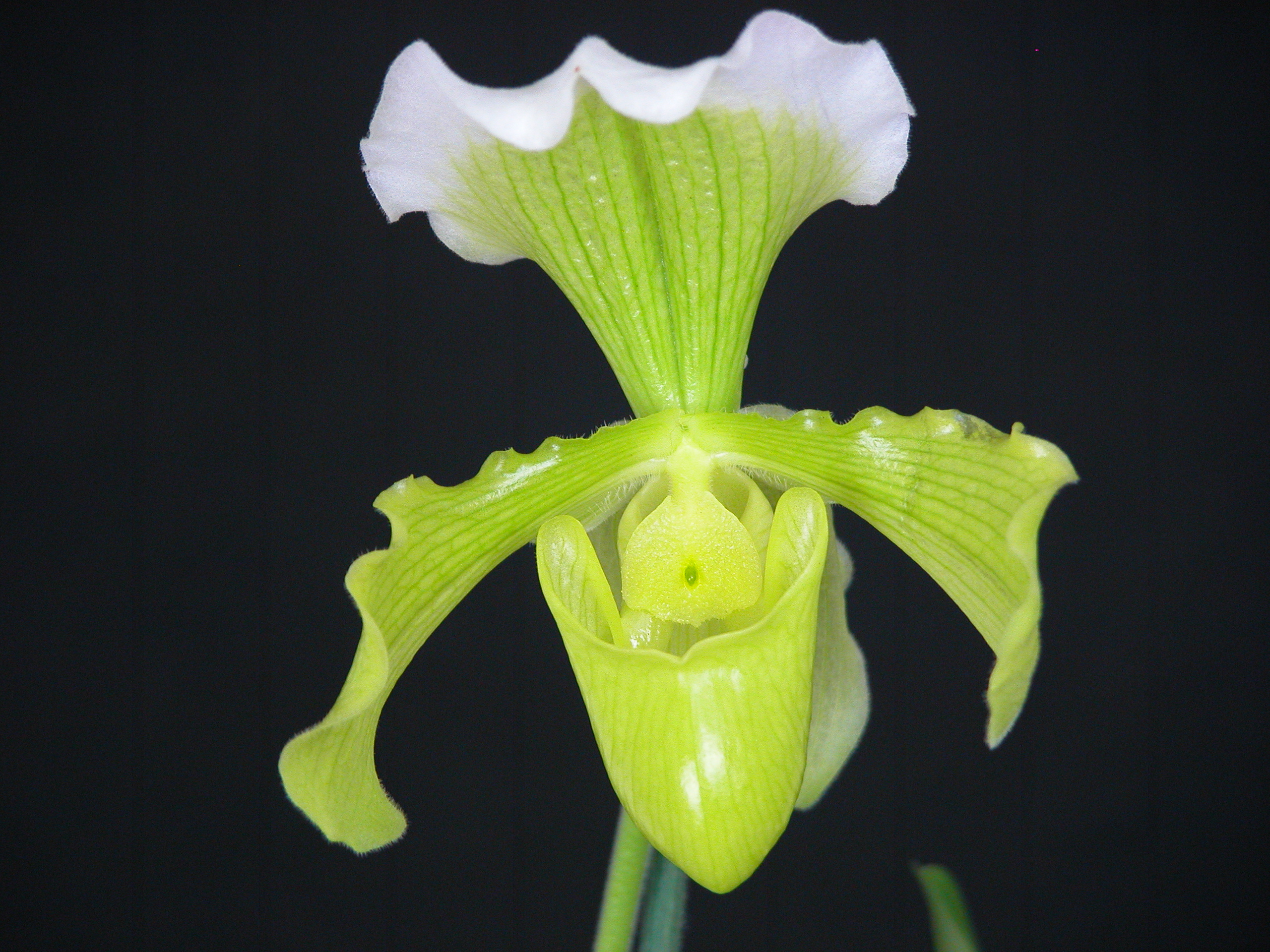
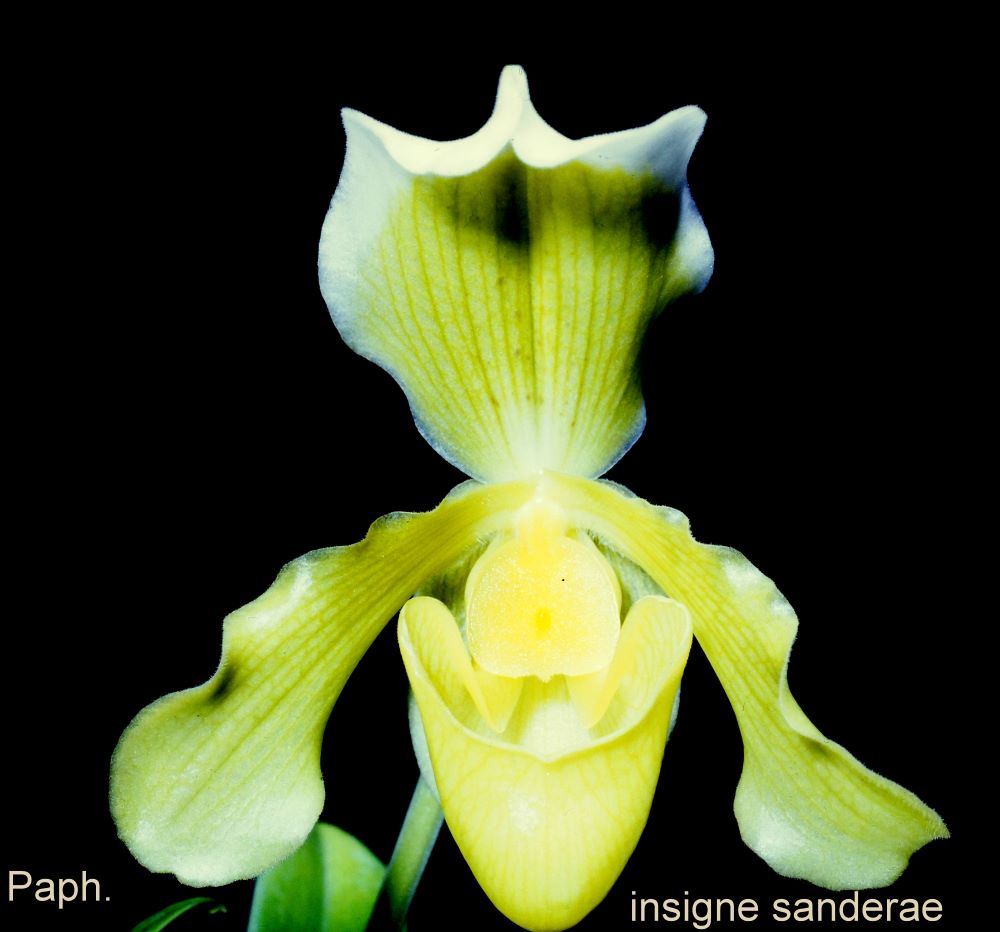
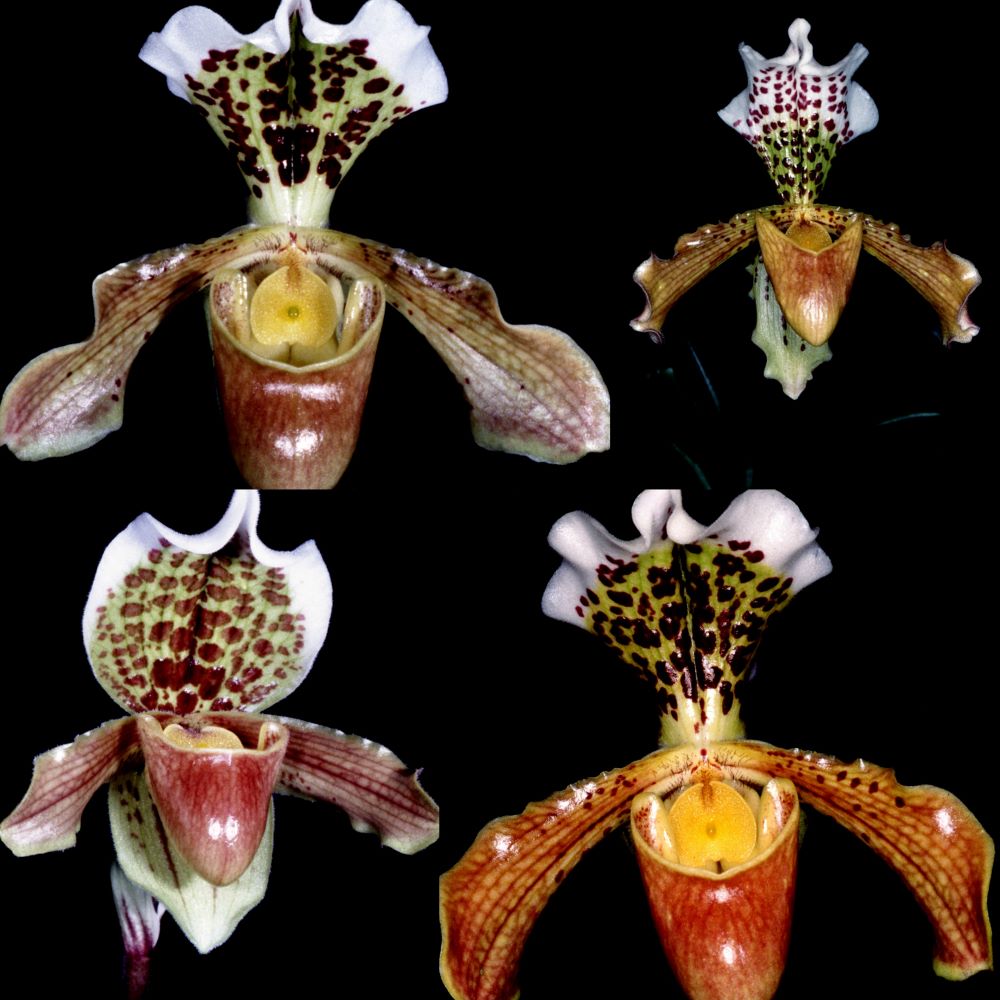
Paph. insigne from a "high breed = best selection 2022"
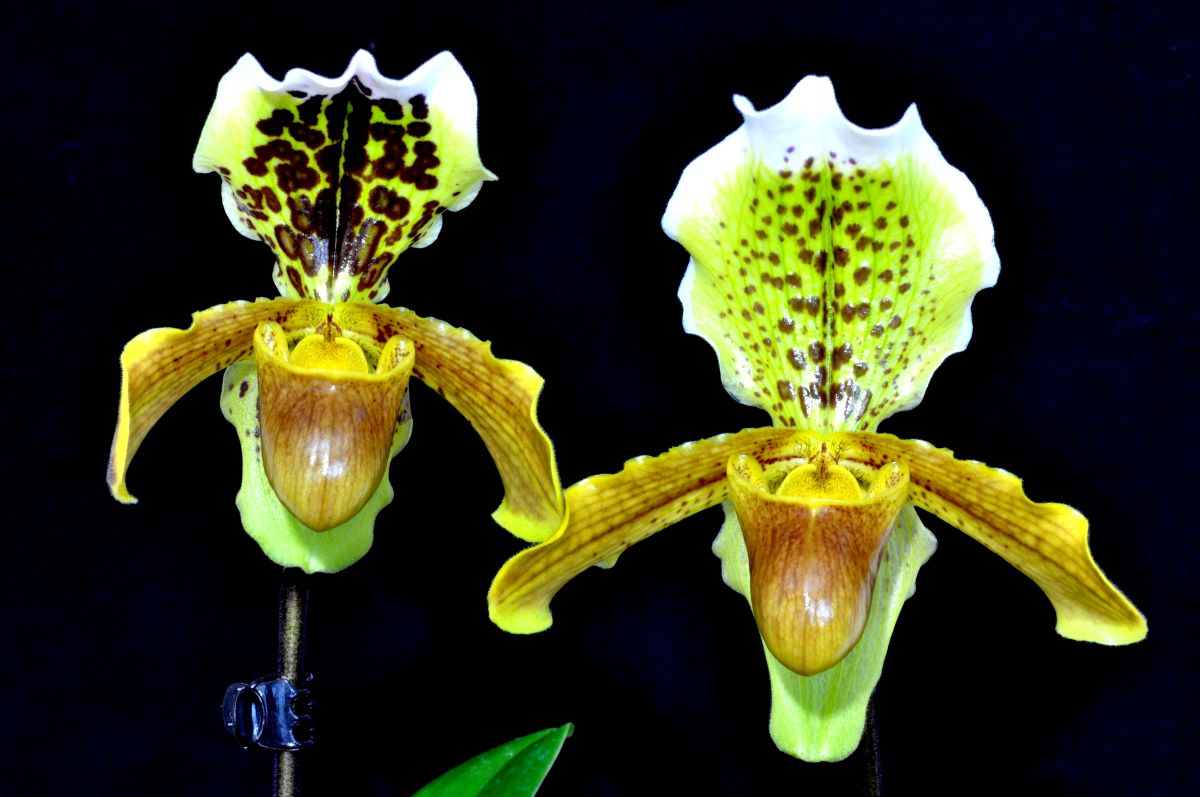
In an orchid collection by Nelio Freitas CALDEIRA on the island of Madeira are plants from Paph. insigne noticed with a different shoe. The bloom in the following years showed again and again these striking shoes.
Olaf GRUSS therefore suggested cultivating these plants separately and labeling them with a cultivar name. Nelio Freitas CALDEIRA chose the name Paph. insigne "Mantas" decided.
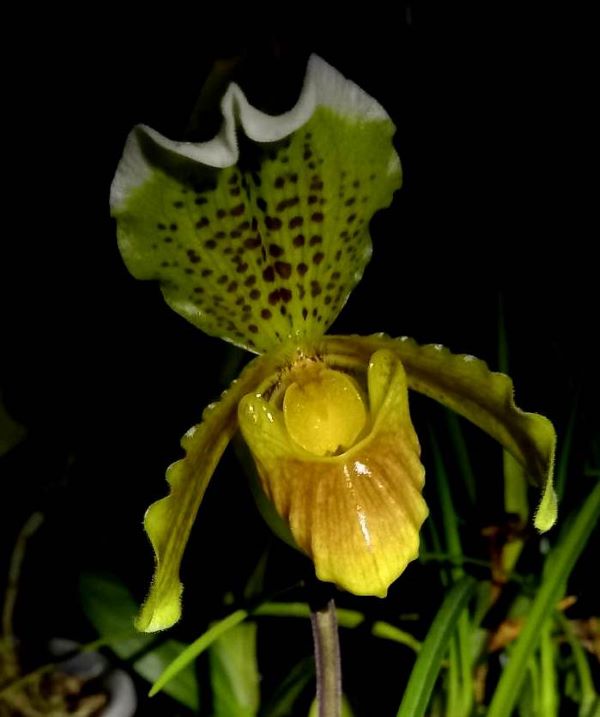
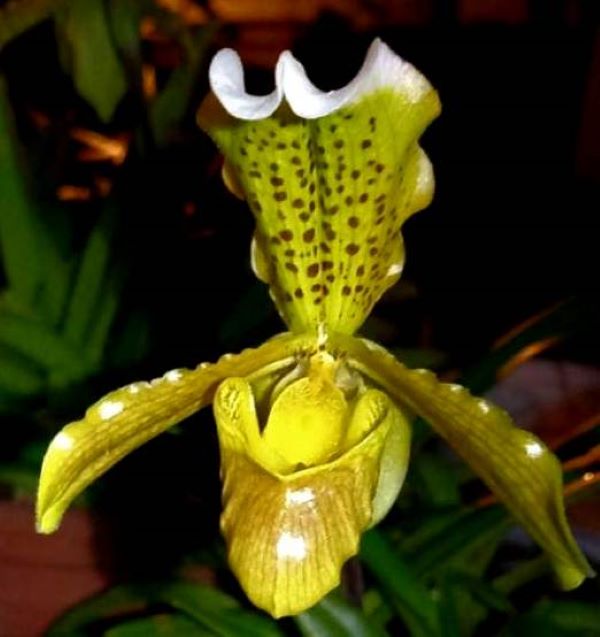
Paph. insigne in situ in Myanmar
